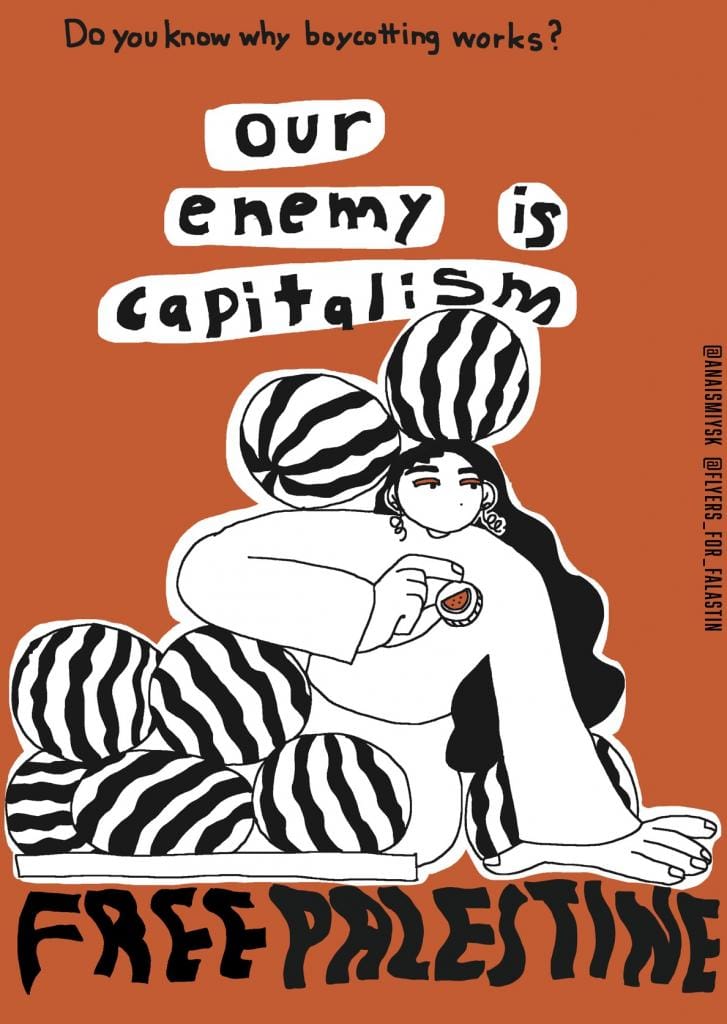#14 Extractive dreams of a drowning nation

Disclaimer: This edition is a rant.
In J.G. Ballard's short story from 1962, The Garden of Time, a rich man and his wife try to protect their cocoon of the fourth dimension in their lavish palace from an incoming angry army of the working-class. They pluck the crystal flowers in their garden. Each flower plucked turns back time, giving them more time to soak in their sick, precious wealth, as the angry, indignant crowd surrounds them. The Garden of Time was a theme at the recently held Met Gala which is ironically, an annual fundraiser for a museum of fancy outfits in New York, creating a stark, jarring contrast – a display of excessive wealth, and a sickly indifference to the ongoing violence in different parts of the world [a result of the exploitation oriented policies of the Global North]
Zooming into our own nation state, there is a sickly indifference in India today. This indifference is shown in the form a 5000 crore wedding, a budget higher than most fisheries and education budgets of states in India, juxtaposed with a Mumbai literally sinking in floods; students drowning and getting electrocuted in Delhi; families dying because of homes caving in on them in Goa. And the worst of them all – Wayanad. Over 350 people have died in some of the deadliest landslides in the history of Kerala. Rescue operations are ongoing.
I feel most of us don’t quite understand the horror of the Wayanad landslide. The Kerala govt releases hospital data every few hours. Imagine, there is a column called body parts. Till yesterday, teams recovered 202 bodies and 134 parts. Torso, hands, legs, and so on. The DNA…
— Dhanya Rajendran (@dhanyarajendran) August 3, 2024
This indifference of the nation state is shown in the latest Union Budget. While the country reels from one climatic disaster after another, the deadly heatwave followed by an ongoing deadly monsoon, the central government, instead of moving towards building a better social security net, post-disaster welfare schemes, continues to push for extractive, linear models of growth. Agriculture sector focuses on boosting productivity instead of providing better insurance schemes against erratic weather patterns. The agenda of becoming the largest manufacturer in the world is top priority, along with becoming the largest producer of seafood in the world.
Zooming further in, the fisheries sector has received Rs 2617 crore, a 15% higher budget allocation than last year. The Pradhan Mantri Matsya Sampada Yojana has been stepped up, with an aim to double to exports and generate employment in the sector. The major thrust is towards aquaculture – shrimp in particular. Policies have been introduced to reduce basic customs duty on shrimp broodstock, a mature population kept in captivity for breeding in aquaculture, and a reduction of duty on shrimp feed, and inputs such as krill meal, crude fish oil, lipid oil – ingredients essential in shrimp farming. There is also a scheme being set up to establish nucleus breeding centers in the country, to avoid importing shrimp broodstocks altogether. A national cooperative policy has been formed, with a directive to develop fisheries cooperatives for a smooth operation of aquaculture activity.
The small scale capture-fisheries marine sector has voiced their dissent at the budget for prioritising aquaculture over small scale capture fisheries. A community that is already under pressure because of a declining fish catch and loss of their land thanks to big infra projects and coastal erosion, they need more attention and support.
We are going to spend the next few weeks exploring the shrimp industry in India. We will take this unique crustacean apart, limb by limb. We will explore the supply chain, how does it reach from the farm to our plate? How do we know if we have a farmed variety of shrimp or a wild caught one? Who are the actors involved in the breeding, packaging and selling of this shrimp? Do shrimp farmers eat shrimp? Why is India one of the largest exporters of shrimp in the world? What are the impacts of this industry on the environment, and its people? Stay tuned.
